10 Common Mistakes to Avoid While Painting with Gouache
7 minute readWhether you're a seasoned crafter, or just dipping your brush into a new painting medium for the first time, some common mistakes can trip up even the most talented creatives, especially with certain mediums like gouache paints.
Table of Contents
I. What Are Gouache Paints?
II. How Does Gouache Compare to Other Painting Mediums?
III. 10 Common Mistakes While Painting with Gouache
IV. Conclusion
V. Frequently Asked Questions
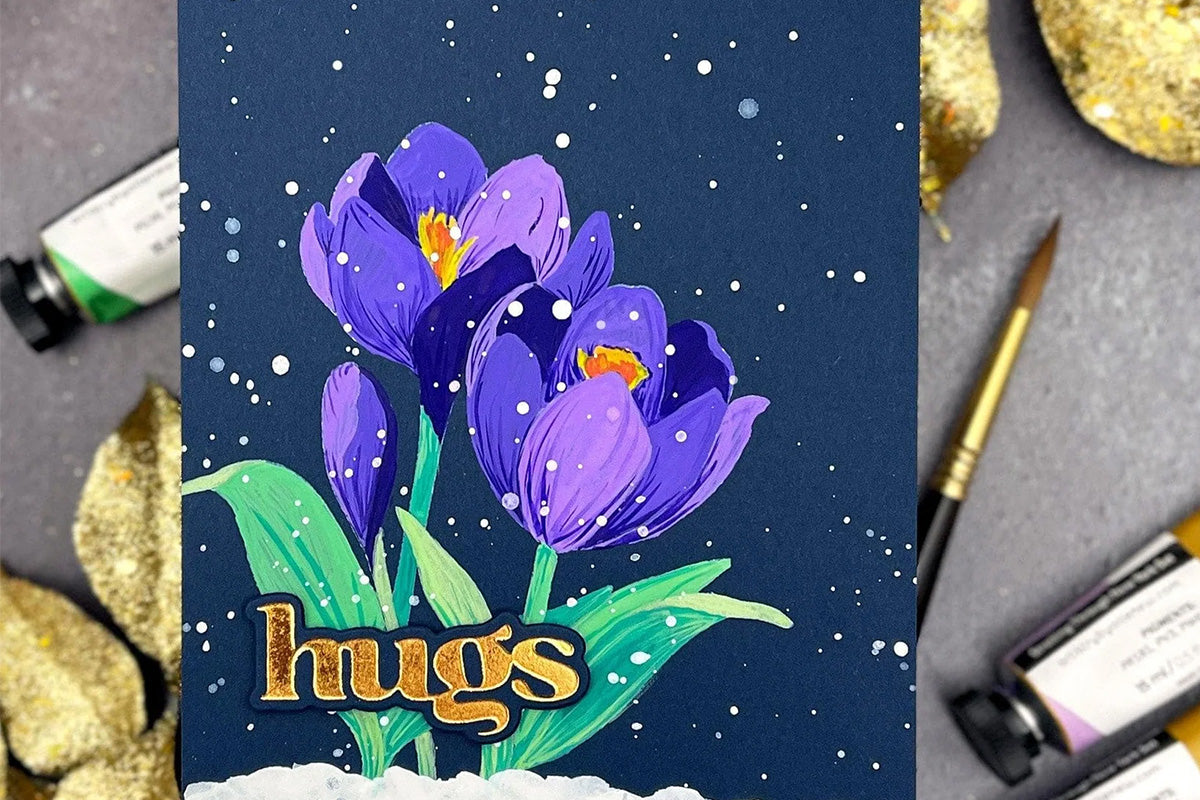
But fear not — with a bit of knowledge and practice, you can avoid the pitfalls and common mistakes of gouache painting and create stunning cards and paper crafts that'll make everyone go "Wow!"
What Are Gouache Paints?
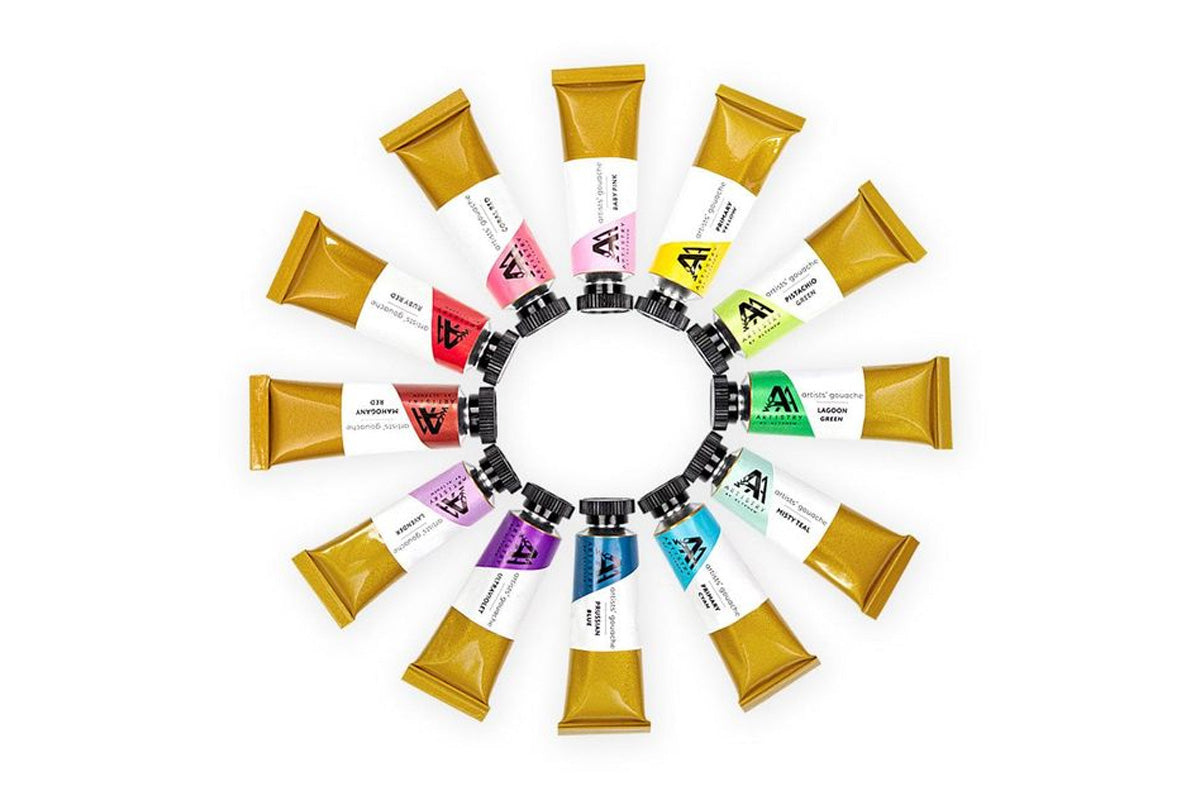
So, what exactly is gouache? Gouache paint is a water-based medium known for its opaque and matte finish. Unlike transparent watercolors, which allow the white of the paper to shine through, gouache provides solid coverage, making it perfect for creating vibrant and bold artwork.
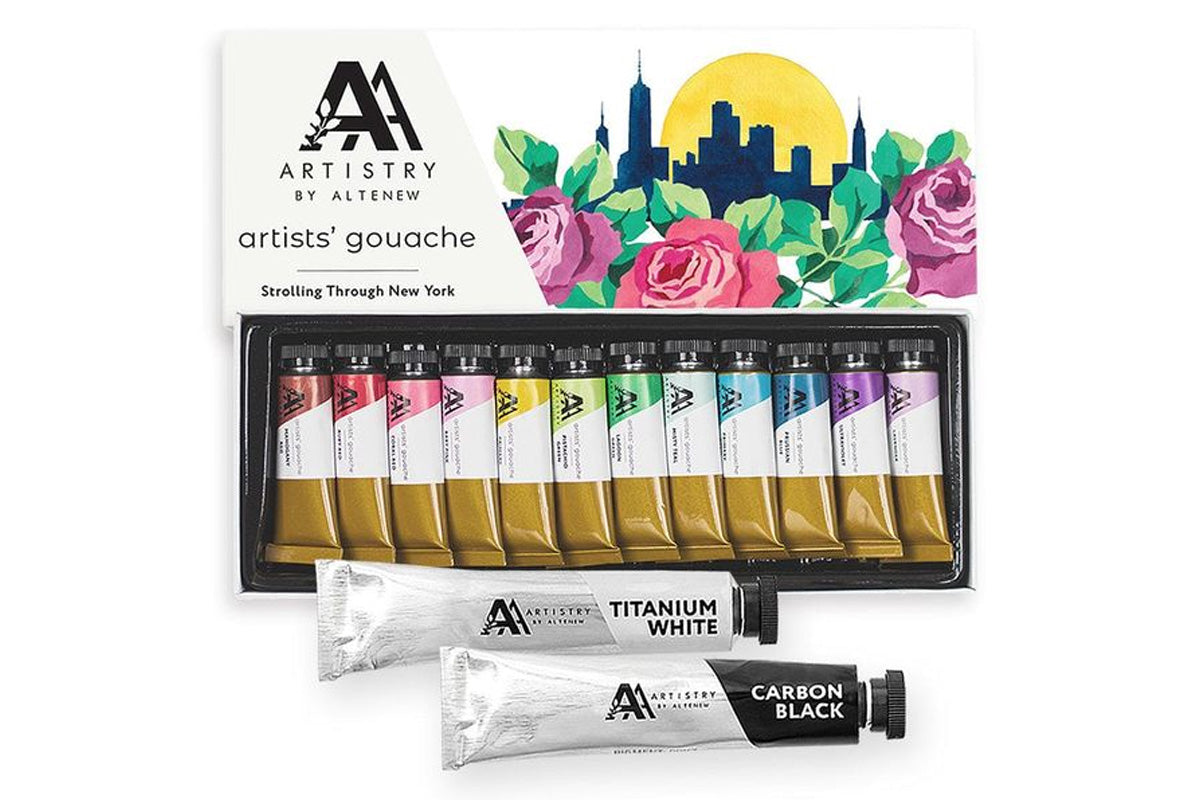

Learn the Basics of Gouache Painting in 30 Minutes or Less!
How does it compare with other painting mediums?
How does gouache stack up against its painting siblings like watercolor, acrylic, and oil? Let's break it down:
WatercolorGouache and watercolor are like two peas in a pod – they both use water as a solvent and are reactivated with water even after they've dried. However, while watercolors are transparent and rely on the white of the paper for highlights, gouache offers more opacity, allowing for greater flexibility in layering and correcting mistakes.
AcrylicAh, acrylic paint – the versatile workhorse of the painting world. Unlike gouache, which dries to a matte finish, acrylic paint dries to a glossy or satin sheen, depending on the formulation. Acrylics are also known for their fast drying time and ability to adhere to a wide range of surfaces, making them a popular choice for both fine arts and crafts.
OilOil paint is the granddaddy of them all – beloved by artists for its rich, buttery texture and slow drying time. Unlike gouache, which dries quickly to a matte finish, oil paint remains workable for hours, days, or even weeks, depending on the thickness of the paint and environmental conditions.
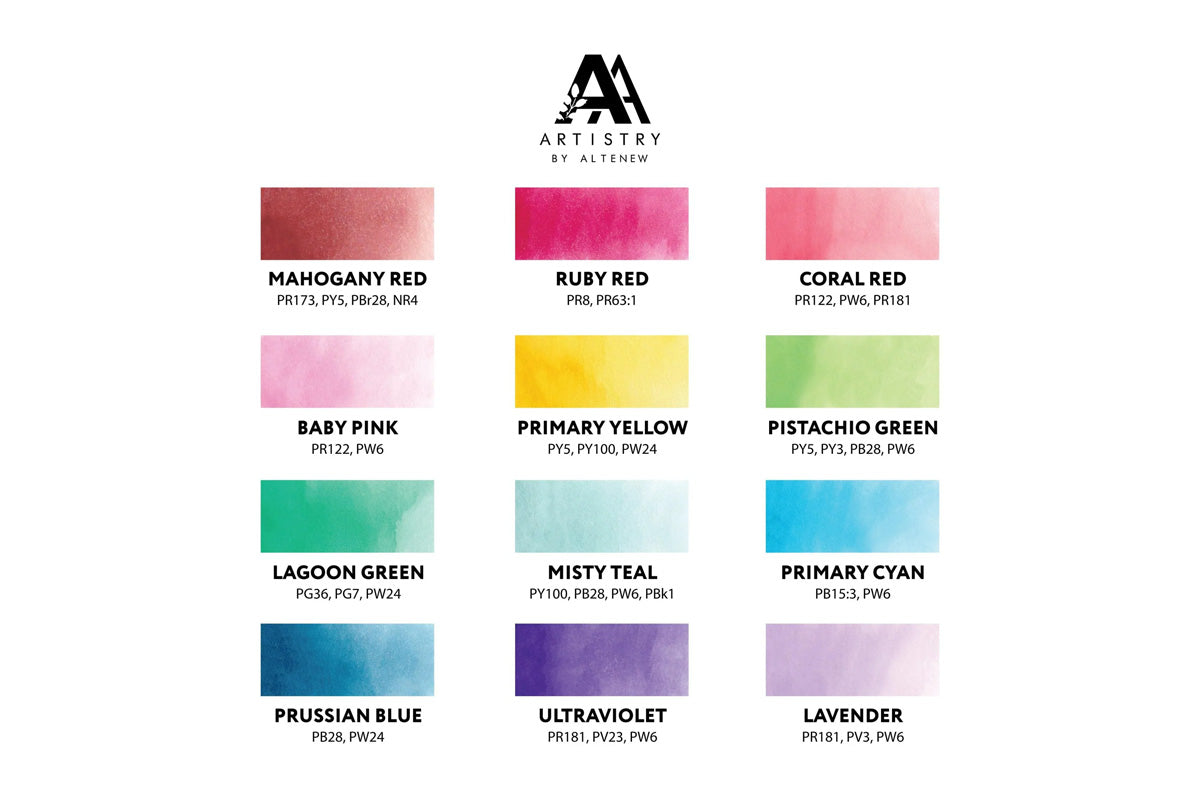
There you have it – a crash course on gouache paint and how it compares to other painting mediums.
Now, let’s talk about the crux of the discussion today: what are the top 10 common mistakes crafters should avoid when painting with gouache?
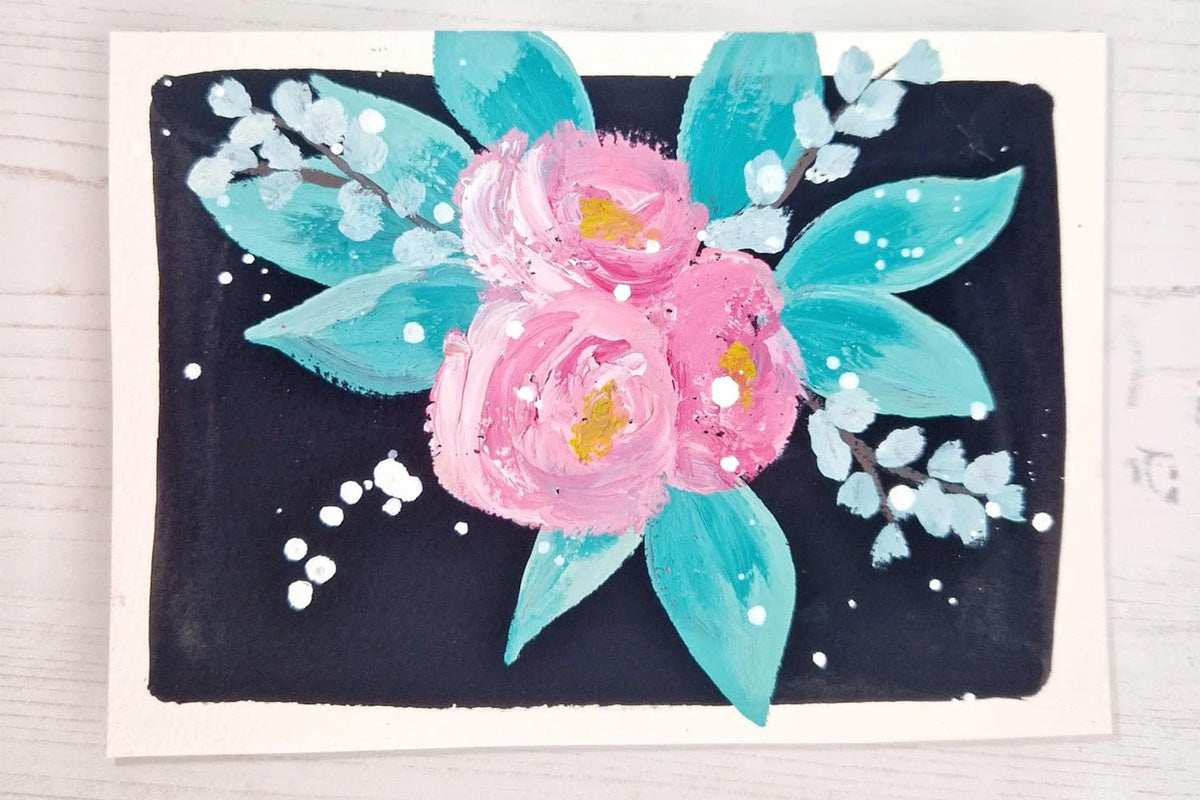
10 Common Mistakes While Painting with Gouache
1. Neglecting the Importance of Quality Supplies
The quality of your gouache painting materials can make or break your project. Opting for cheap, low-quality paints and paper might seem like a money-saver at first, but nine times out of ten, you'll end up paying for it in the long run.
Invest in artist-grade gouache paints and acid-free watercolor paper for best results. Your crafting project will thank you for it!
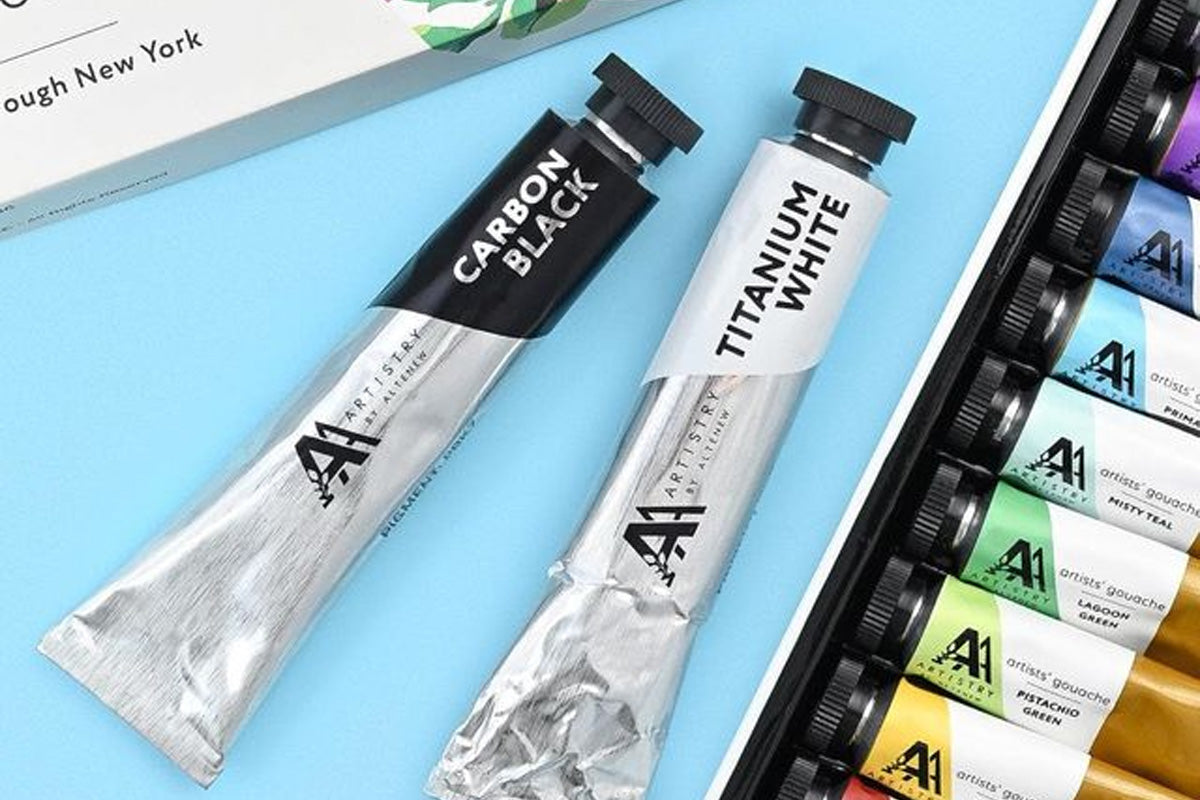
2. Skipping the Sketch
Raise your hand if you've ever been guilty of diving straight into painting without sketching first. Yeah, we've all been there. But sketching out your composition beforehand can save you a world of headaches later on.
Sketching will help you plan your design, proportions, and values, resulting in a more polished final piece. And while it’s true that some crafters can create pieces without needing to sketch, most of them have had years of practice and experience. In any case, we suggest that to keep your gouache painting struggle-free, grab that pencil and sketch away!
3. Ignoring Color Mixing Basics
Ah, color mixing – the bread and butter of gouache painting. It's easy to get carried away with all those vibrant hues, but if you're not careful, you might end up with a muddy mess instead of the masterpiece you envisioned. Take the time to learn color theory and experiment with mixing different pigments. Understanding complementary colors, warm vs. cool tones, and color harmonies will take your gouache paintings to the next level.
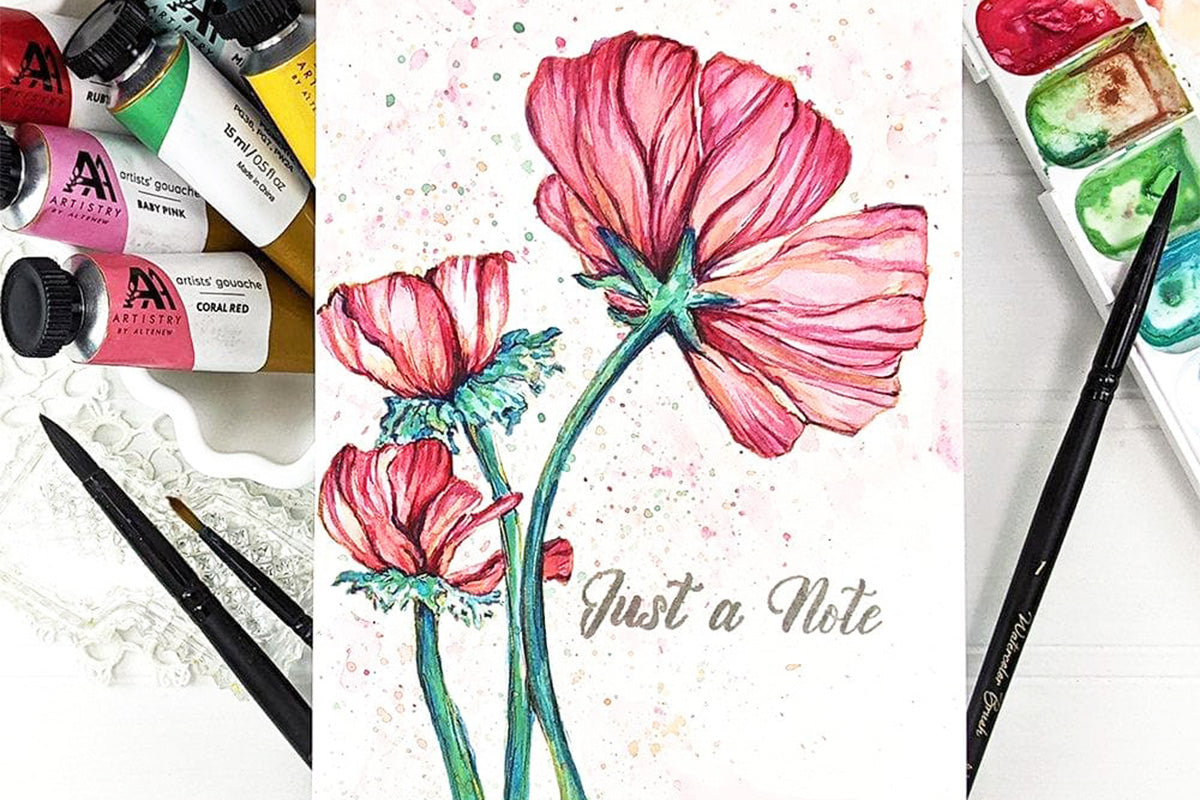

4. Overworking the Paint
When it comes to gouache paint, less is more. One of the biggest mistakes beginners make in gouache painting is overworking the paint. It's tempting to keep layering on more and more color, but eventually, you'll reach a point of no return, and you end up ruining your creation.
Know when to step back and let your creation breathe. Sometimes, a few well-placed brushstrokes are all you need to convey your message effectively.
5. Neglecting Value and Contrast
Ever wonder why some paintings seem to pop off the page while others fall flat? It all comes down to value and contrast. Pay attention to the range of lights and darks in your artwork – this is what gives it depth and dimension. Experiment with different techniques like dry brushing and glazing to achieve a wide range of values.
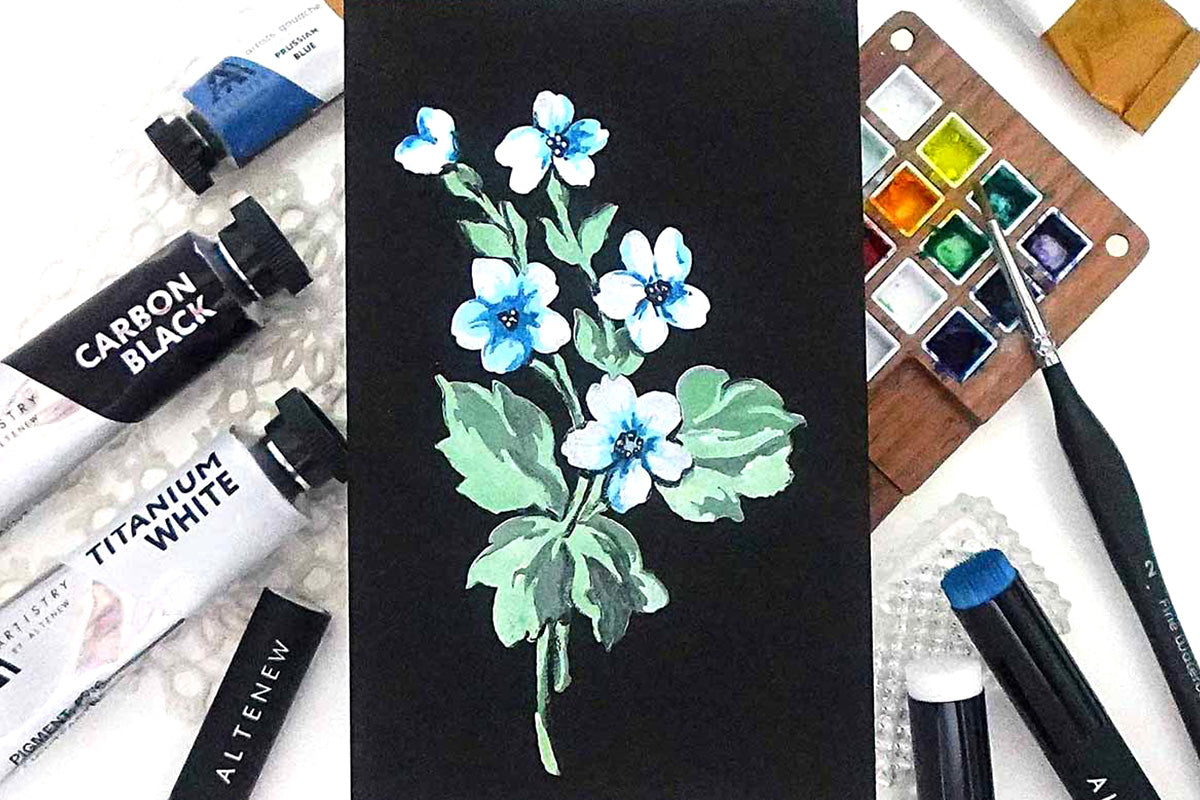
6. Using Too Much Water
Gouache paint loves water – but there is such a thing as too much of a good thing. Using too much water can result in diluted colors, weak pigmentation, and a loss of vibrancy.
Instead, aim for a creamy consistency that's easy to work with but still packs a punch. Experiment with different water-to-paint ratios until you find the perfect balance for your style.
Shop the Best Gouache Paint Set for Your Projects Today!
7. Rushing the Drying Time
Patience is a virtue, especially in gouache painting. It's crucial to allow each layer of paint to dry completely before adding the next one. Rushing the process can lead to smudged colors, muddy mixes, and a whole lot of frustration.
|
Pro tip: Invest in a heat setting tool or set up a drying rack to speed up the process if you're in a hurry, but whatever you do, do not skip this step! |

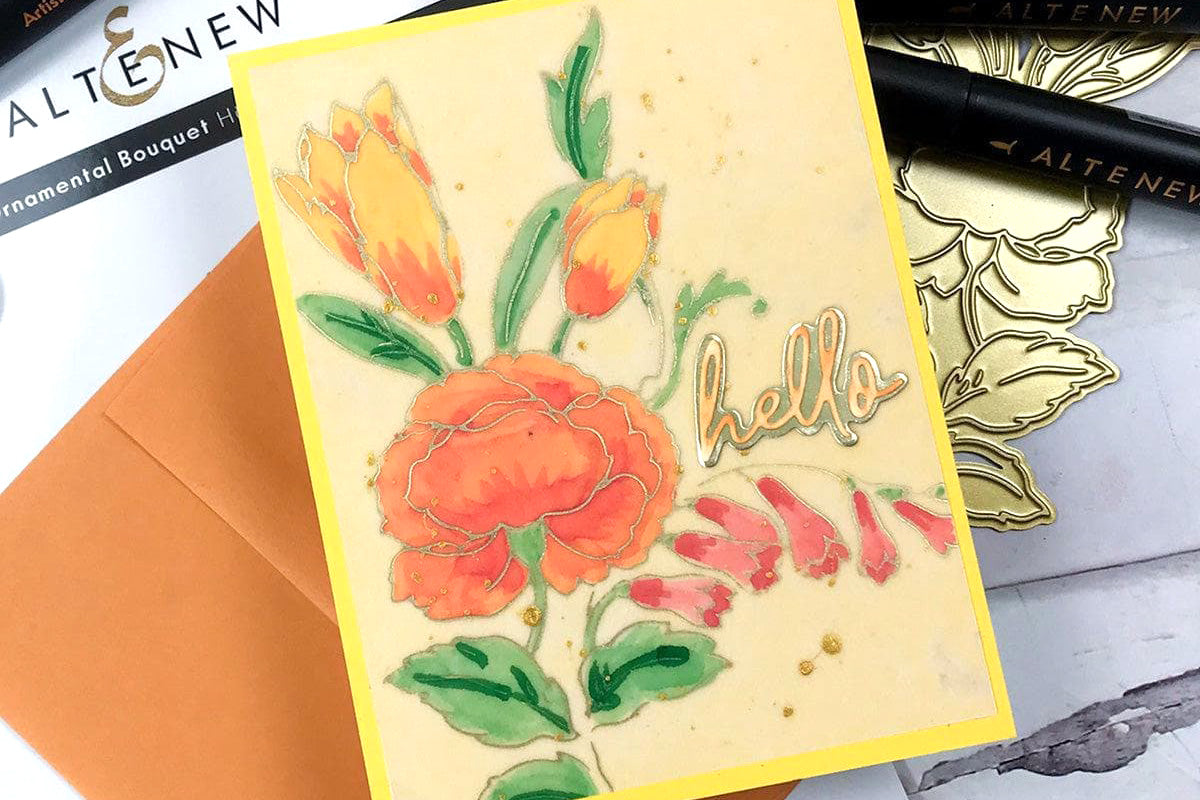
8. Fearing White Space
Blank canvas syndrome – we've all been there. It's tempting to fill every inch of space with color, but as we’ve said, less is more.
Embrace the white space in your paintings – it can be just as impactful as the colors themselves. Use it to create balance, contrast, and visual interest. It’ll make for a compelling design for your cards and crafting projects!
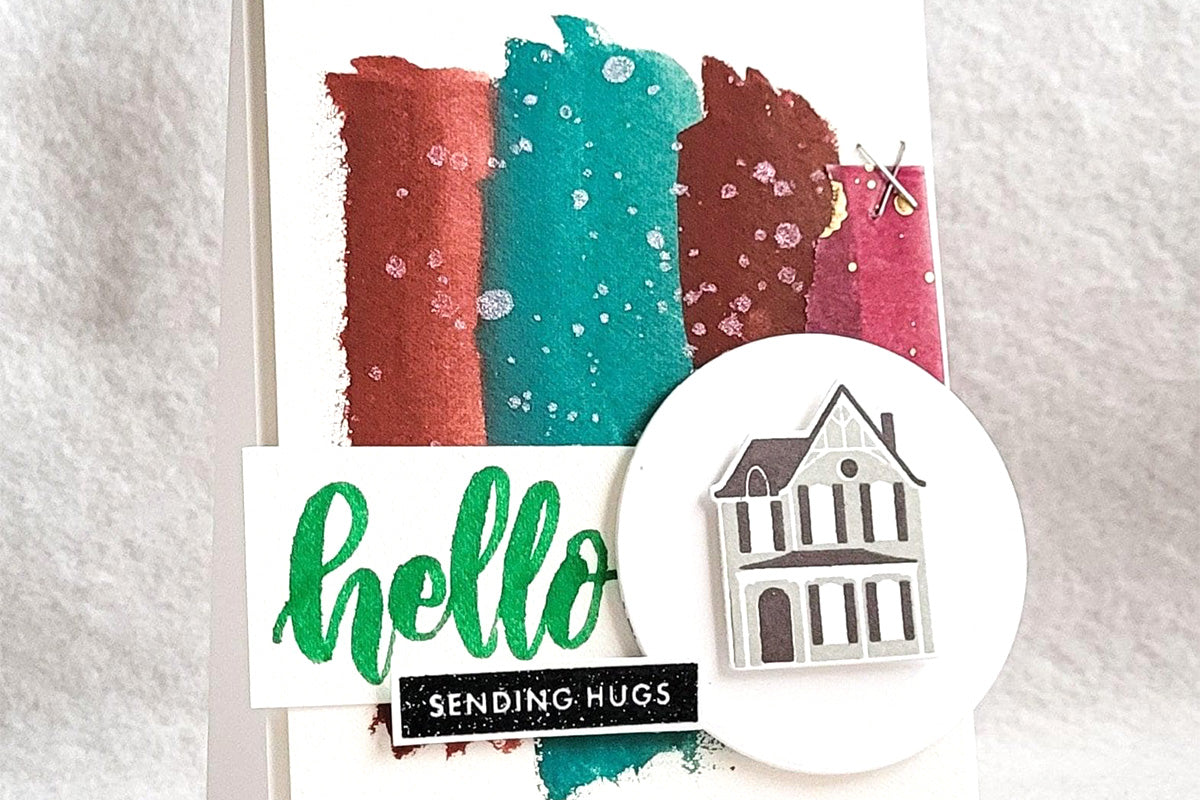
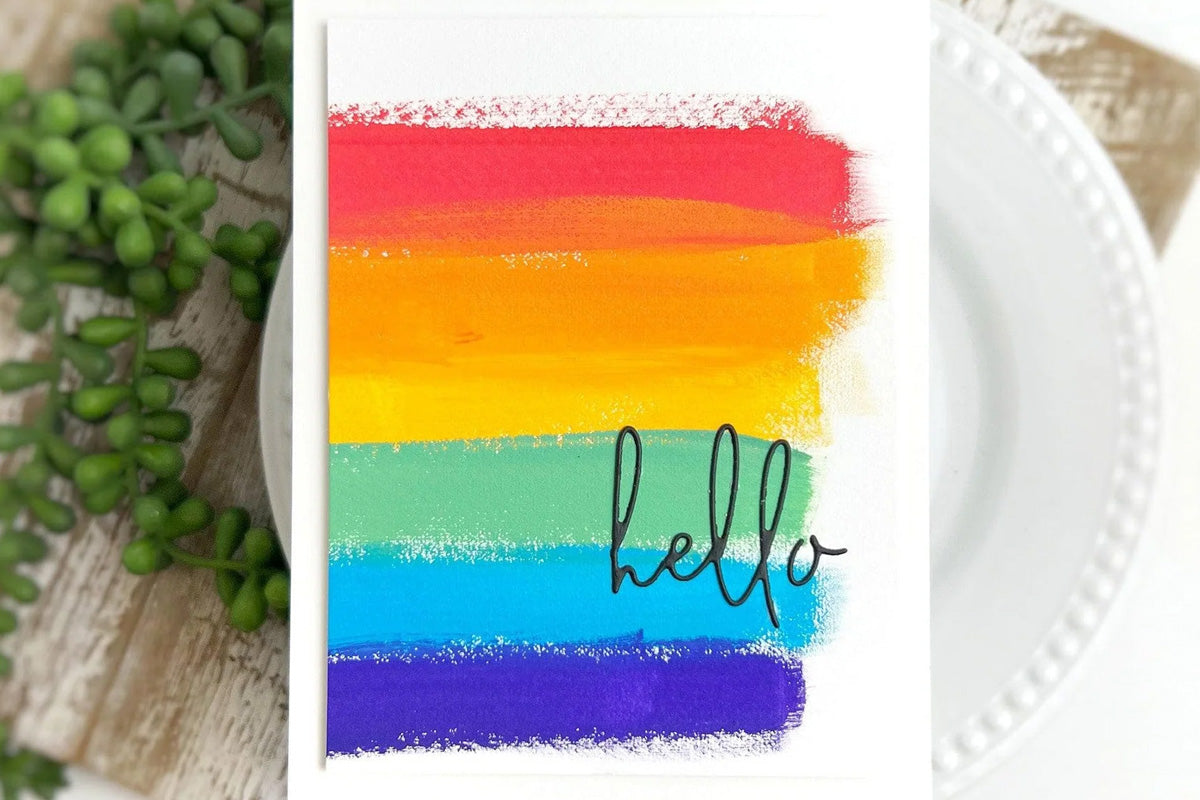
9. Neglecting Your Brushes
Your brushes are your trusty sidekicks when it comes to gouache painting, so treat them with the love and respect they deserve.
Clean them regularly, reshape the bristles as needed, and store them properly to prevent damage. Also, don’t be afraid to invest in high-quality brushes. It might seem like a splurge at first, but it’ll be worth it in the long run.
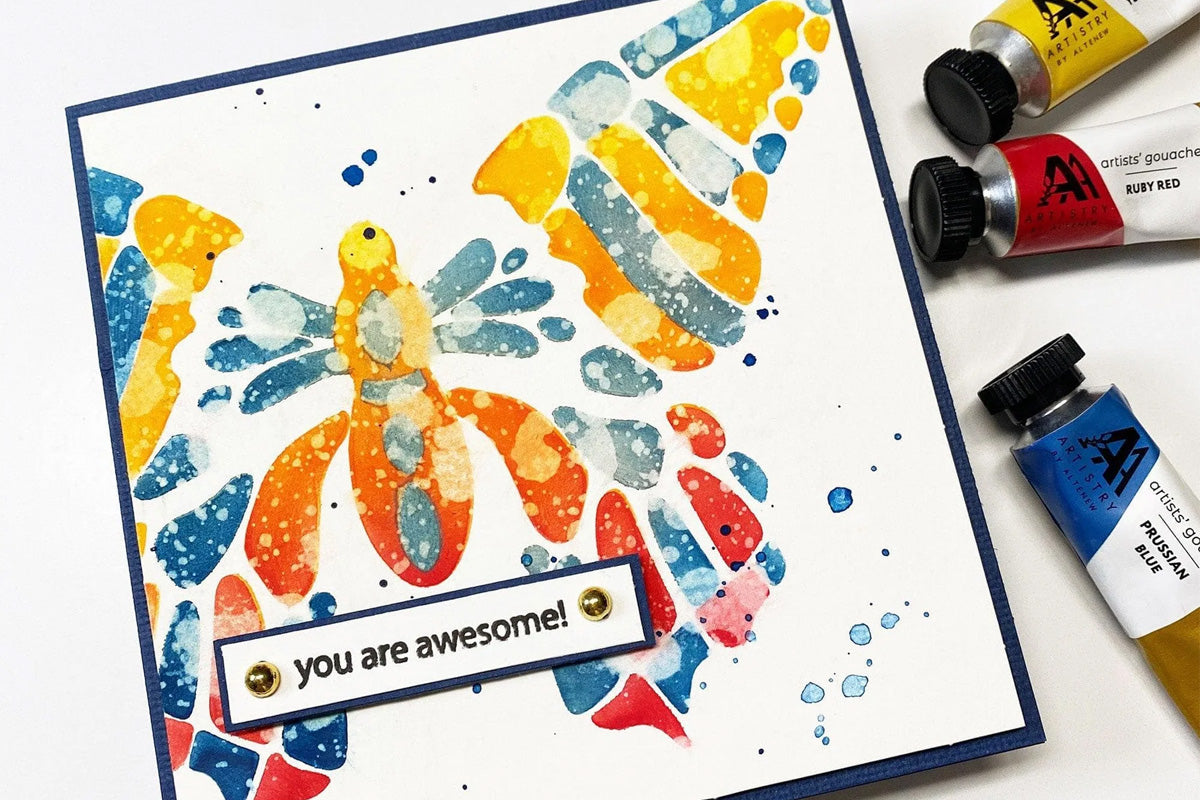
10. Skimping on Practice and Experimentation
Last but certainly not least, don't forget to practice, practice, practice! Gouache painting is a skill that takes time to master, so be patient with yourself. Experiment with different techniques, subject matters, and styles until you find what works best for you. And remember, every mistake is just a learning opportunity in disguise. So, don't be afraid to make a few blunders along the way – it's all part of the journey to becoming a better artist!


Conclusion
And there you have it, folks – 10 common gouache painting mistakes you should avoid. Armed with this knowledge, you'll be well on your way to creating jaw-dropping creations that’ll wow your loved ones.
So, go forth and paint with confidence, crafty friends — the world is your canvas!
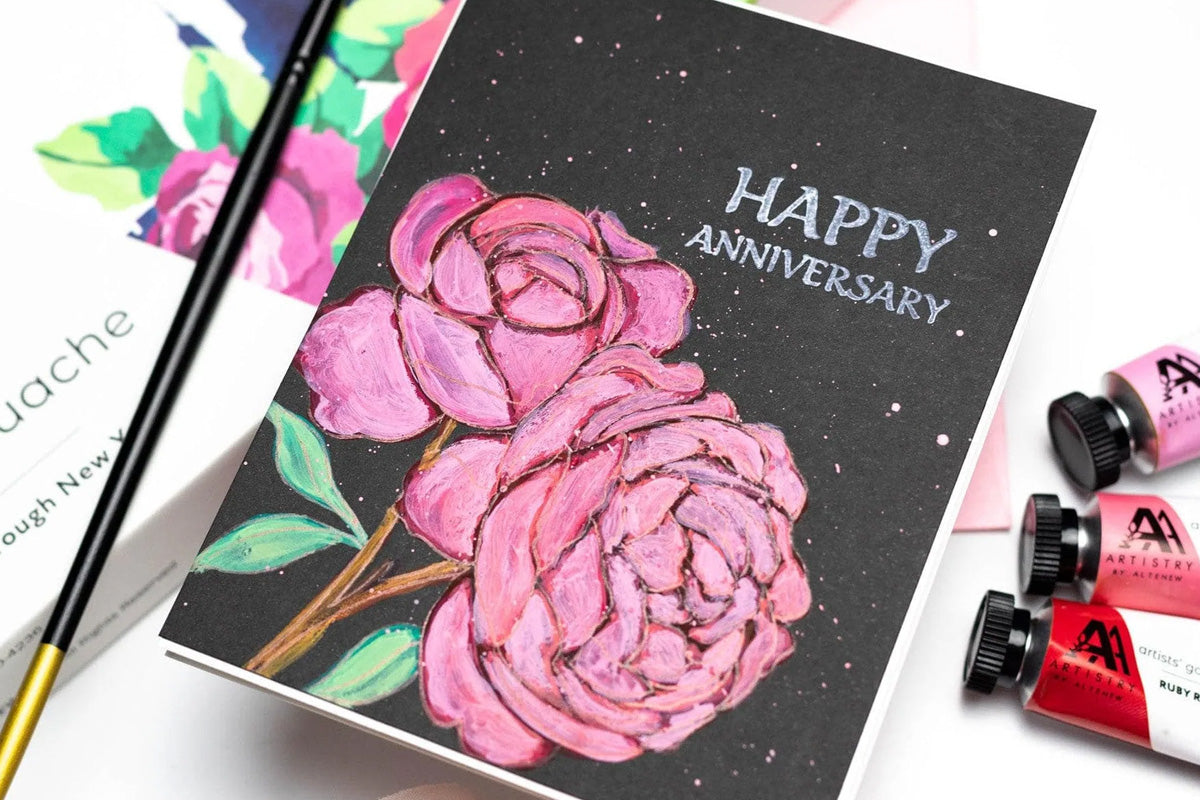
FAQs on Gouache Painting
A: While gouache is a fantastic medium loved by many artists, it does come with its own set of challenges. One common issue is its tendency to dry quickly, which can make blending and layering a bit tricky, especially for beginners. Additionally, gouache can sometimes crack or flake off the surface if applied too thickly or without the proper preparation. Finally, achieving a consistent opacity can be challenging, as gouache can appear streaky or patchy if not applied evenly.
A: Ah, the dreaded streaky gouache – it's a frustration many have faced at one point or another. One possible culprit is the consistency of your paint. If your gouache is too thick or too thin, it can result in uneven coverage and streaks. Try adjusting the water-to-paint ratio until you achieve a smooth, creamy consistency that glides onto the paper or canvas effortlessly. Additionally, make sure you're using quality brushes and applying the paint evenly to prevent streaks.
A: Gouache not sticking to the canvas can be a real head-scratcher, but there are a few possible explanations. First and foremost, make sure you're using the right type of surface for gouache painting. Gouache works best on watercolor paper or heavyweight paper designed specifically for gouache painting. If you're using a canvas, make sure it's been properly primed with a suitable primer for gouache. Additionally, ensure that your paint isn't too watery or diluted, as this can affect its adhesion to the surface.
A: The good news is that gouache has a pretty decent shelf life compared to other painting mediums. When stored properly in a cool, dry place away from direct sunlight, gouache paints can last for years, if not decades. However, over time, the consistency and vibrancy of the paint may deteriorate, especially if exposed to extreme temperatures or moisture. To extend the lifespan of your gouache paints, make sure to keep them tightly sealed when not in use and avoid contaminating them with other substances. With proper care and storage, your gouache paints should provide you with many years of crafty enjoyment!
8 Ways to Use Paint-by-Number Sheets and Gouache in Your Paper Crafts!
Your Ultimate Guide to Paper Crafting
Click on each topic and subtopic to read more!
- What is Card Making? Everything You Need to Know About This Popular Paper Crafting Hobby
- 10 Best Stamping Ideas for Card Making (With Video Tutorials!)
- 15 Card Making Supplies You Need In Your Stash
- Card Making Tips and Tricks That Every Card Maker Should Know
- Advanced Card Techniques to Elevate Your Cardmaking Skills
- How to Make a Card: Step by Step Guide
- Paper Crafting Tools: Essential Craft Items and Tools
- Basic Paper Crafting Tools Every Crafter Should Have
- Organize Craft Supplies and Tools Easily With These Hacks!
- Different Types of Paper Crafting Tools and Their Purpose
- How to Organize Markers, Pens, and Pencils: A Comprehensive Guide
- The Ultimate Guide on How to Clean and Store Craft Supplies
- A Comprehensive Guide to Greeting Card Envelopes
- What Is the Stampwheel and How to Use it?
- Types of Embellishment in Paper Crafting - A Complete Guide
- A Guide to Hot Foil Plates and Press Plates





